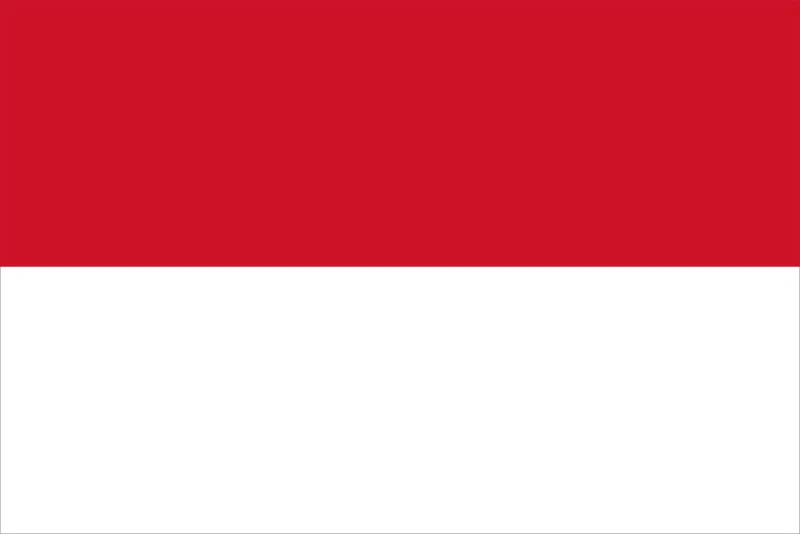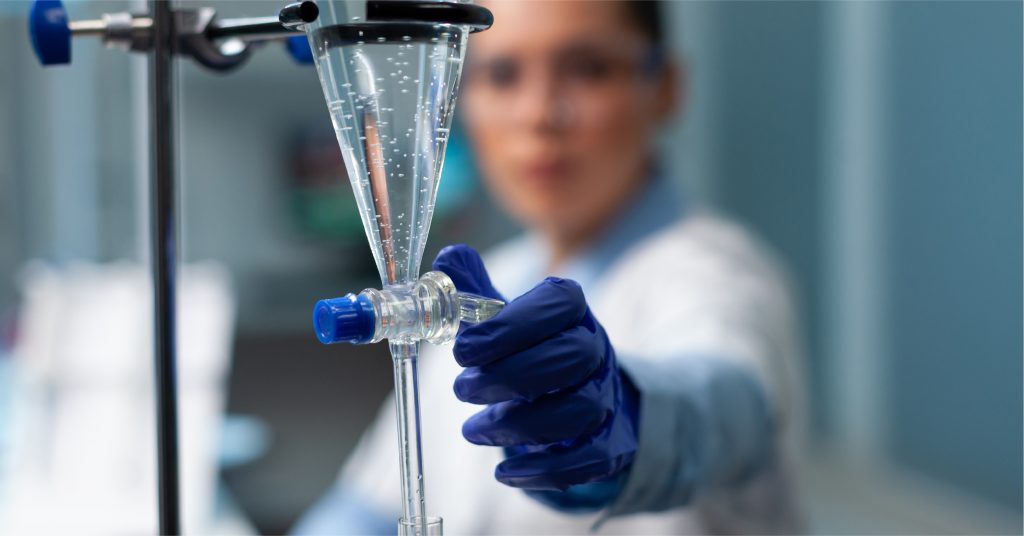Water quality is a critical concern in Indonesia, a nation where millions rely on various water sources, including rivers, lakes, and wells, for their daily needs. As urbanization and industrial activities increase, so does the risk of water contamination, making it essential to monitor and manage water quality effectively. Water sampling plays a pivotal role in this process, offering a scientific approach to understanding and controlling the quality of water.
By implementing effective water sampling methods, Indonesia can ensure the safety and health of its population and protect its vital water resources. This blog explores the significance of water sampling, the methods used, the importance of well water sampling, and the process of water sampling and analysis, with a special focus on the techniques most relevant to Indonesia.
Water Sampling: An Essential Tool for Water Quality Monitoring
Water sampling is the process of collecting water samples from various sources for the purpose of analyzing their quality. It is an essential tool for water quality monitoring, helping to identify contaminants, assess the health of aquatic ecosystems, and ensure the safety of water supplies for human consumption and industrial use.
In Indonesia, water sampling is crucial for several reasons.
- Firstly, it helps in detecting pollutants and contaminants, such as heavy metals, pesticides, and biological pathogens, that may pose a threat to public health.
- Secondly, water sampling allows authorities to monitor changes in water quality over time, identifying trends and potential sources of contamination. This data is invaluable for making informed decisions about water management and implementing measures to protect water resources.
- Lastly, water sampling is a key component of environmental monitoring programs, ensuring that industries comply with regulations and do not discharge harmful substances into the environment.
Water Sampling Methods for Accurate Results
To achieve accurate and reliable results, it is essential to use the appropriate water sampling methods. Here are some of the most commonly used water sampling methods:
- Grab Sampling: This is the most basic and widely used water sampling method. A single sample of water is collected at a specific point in time from a particular location. It is useful for assessing immediate water quality conditions and is commonly used in routine monitoring.
- Composite Sampling: Composite sampling involves collecting multiple samples over a specified period or from different locations and combining them into a single sample. This method is ideal for averaging water quality data over time or across a specific area, providing a more comprehensive view of water quality.
- In-Situ Sampling: In-situ sampling involves measuring water quality parameters directly in the field using portable instruments. This method is particularly useful for parameters that may change rapidly, such as pH, temperature, and dissolved oxygen levels. In situ sampling provides immediate results, allowing for real-time monitoring.
- Automatic Sampling: Automatic water samplers are devices programmed to collect water samples at specific intervals or under certain conditions, such as during a rainfall event. This method is particularly useful in monitoring water bodies where conditions can change rapidly, such as rivers prone to pollution during storms.
- Passive Sampling: Passive sampling involves placing a device in the water that absorbs or traps contaminants over time. The device is then retrieved, and the accumulated contaminants are analyzed. This method is useful for monitoring low concentrations of pollutants over extended periods.
Well Water Sampling: Techniques for Groundwater Quality Monitoring
In Indonesia, well water is a vital source of drinking water, especially in rural and agricultural areas. However, well water can be susceptible to contamination from various sources, including agricultural runoff, industrial activities, and natural geological formations. Therefore, well water sampling is essential to ensure that groundwater remains safe for consumption and use.
Here are some key techniques for well water sampling:
- Purging the Well: Before collecting a sample, it is important to purge the well by pumping out water to remove any stagnant water that may not accurately represent the aquifer’s water quality.
- Using Clean Sampling Equipment: All equipment used for well water sampling must be thoroughly cleaned and decontaminated to prevent cross-contamination between samples.
- Sampling at the Correct Depth: The depth at which the sample is collected can significantly affect the results. Sampling should be done at the depth that corresponds to the intended use of the water, whether it is for drinking, irrigation, or industrial use.
- Minimizing Aeration: When collecting well water samples, it is important to minimize aeration to prevent changes in the chemical composition of the water.
- Preserving the Sample: After collection, well water samples should be preserved appropriately, either by refrigeration or by adding chemical preservatives, to prevent changes in the sample before analysis.
How Ion Exchange Contributes to Water Conservation
Ion Exchange is a leading provider of water treatment and purification solutions in Indonesia, playing a crucial role in conserving water resources and ensuring safe water supplies. The company offers a range of services, including water sampling and analysis, to help industries, municipalities, and communities monitor and improve their water quality.
Water Treatment Solutions
For over six decades, Ion Exchange has been at the forefront of delivering an extensive range of advanced water treatment solutions to industries, institutions, municipalities, homes, and communities worldwide, both urban and rural. Our offerings encompass a comprehensive selection of customized and pre-engineered water treatment plants designed to address diverse water treatment needs. These solutions cover every stage of water treatment, including clarification, filtration, disinfection, and process water treatment, as well as post-treatment processes to ensure the treated water meets the most stringent quality standards for various applications. Our wide range of solutions includes:
- Raw Water Treatment
- Process Treatment
- Post-Treatment
- Drinking Water Treatment
Process Separation And Purification
Ion Exchange has pioneered the innovative application of membrane and ion exchange processes for a variety of separation, purification, and concentration needs across multiple industries, including sugar, starch, gelatin, food & beverages, dairy, pharmaceutical intermediates, chemicals, and dye production. These advanced technologies have enabled effective process fluid separations and enhanced the quality of outputs in these sectors. Additionally, Ion Exchange has recently applied these processes to the removal of specific contaminants from ground and surface water, as well as complex wastewater, making them suitable for both potable water and industrial process use.
- Ion Exchange Process
- Membrane Process
- Ion Exchange Membrane Process
Conclusion
Water sampling is an essential tool for monitoring and managing water quality in Indonesia. By using the appropriate water sampling methods, it is possible to obtain accurate data on the condition of water resources, identify potential contaminants, and take action to protect public health and the environment.


